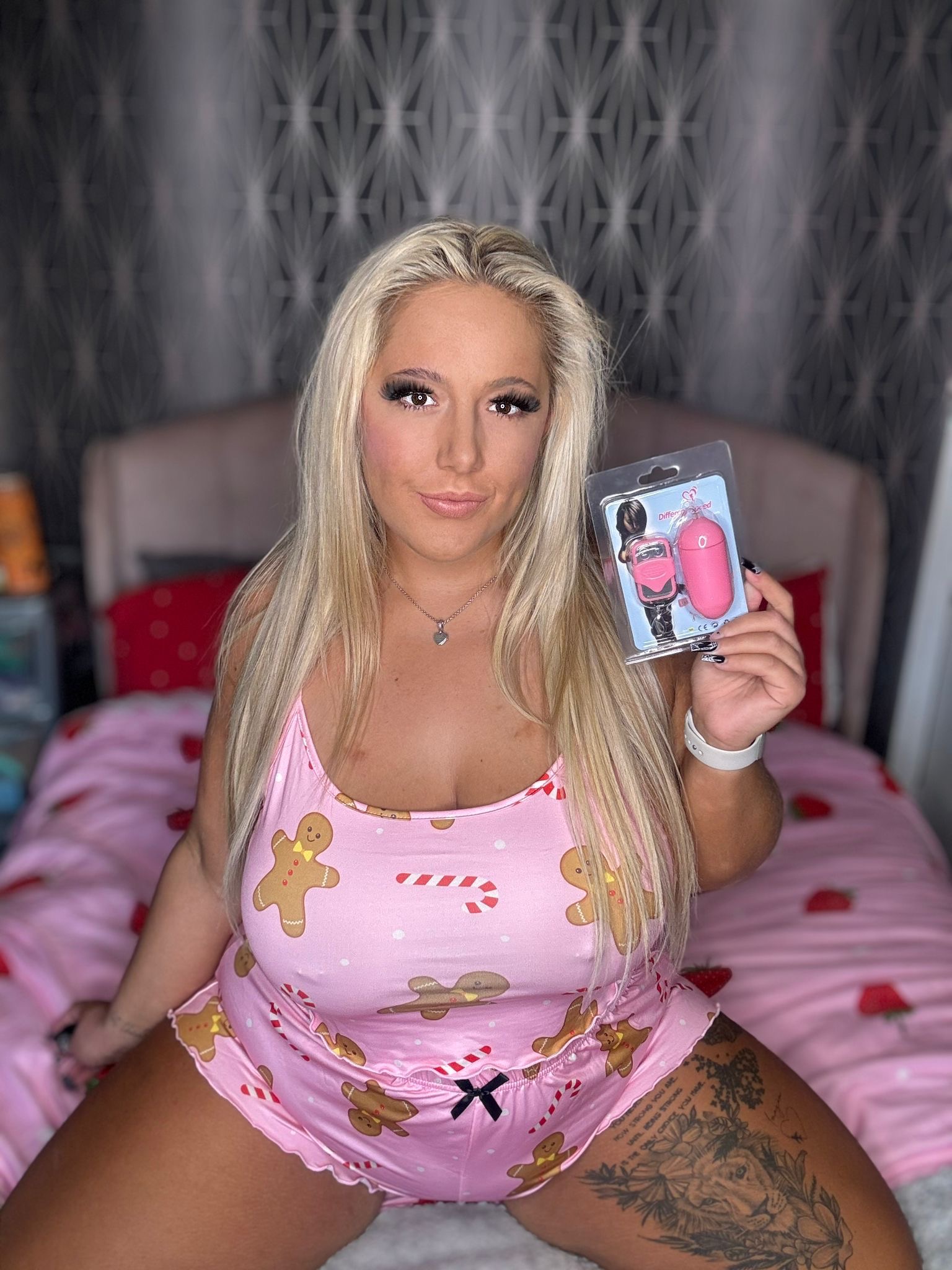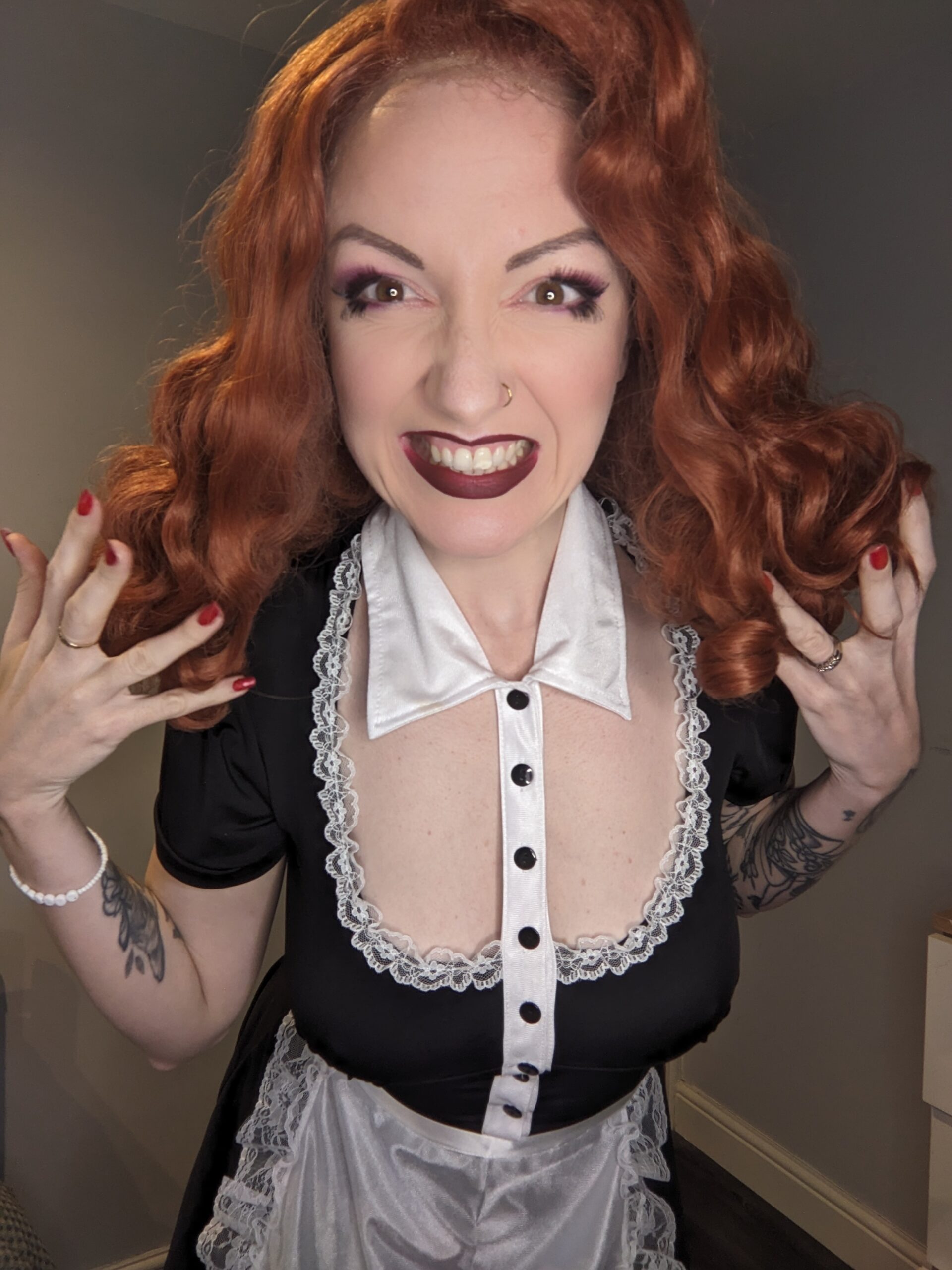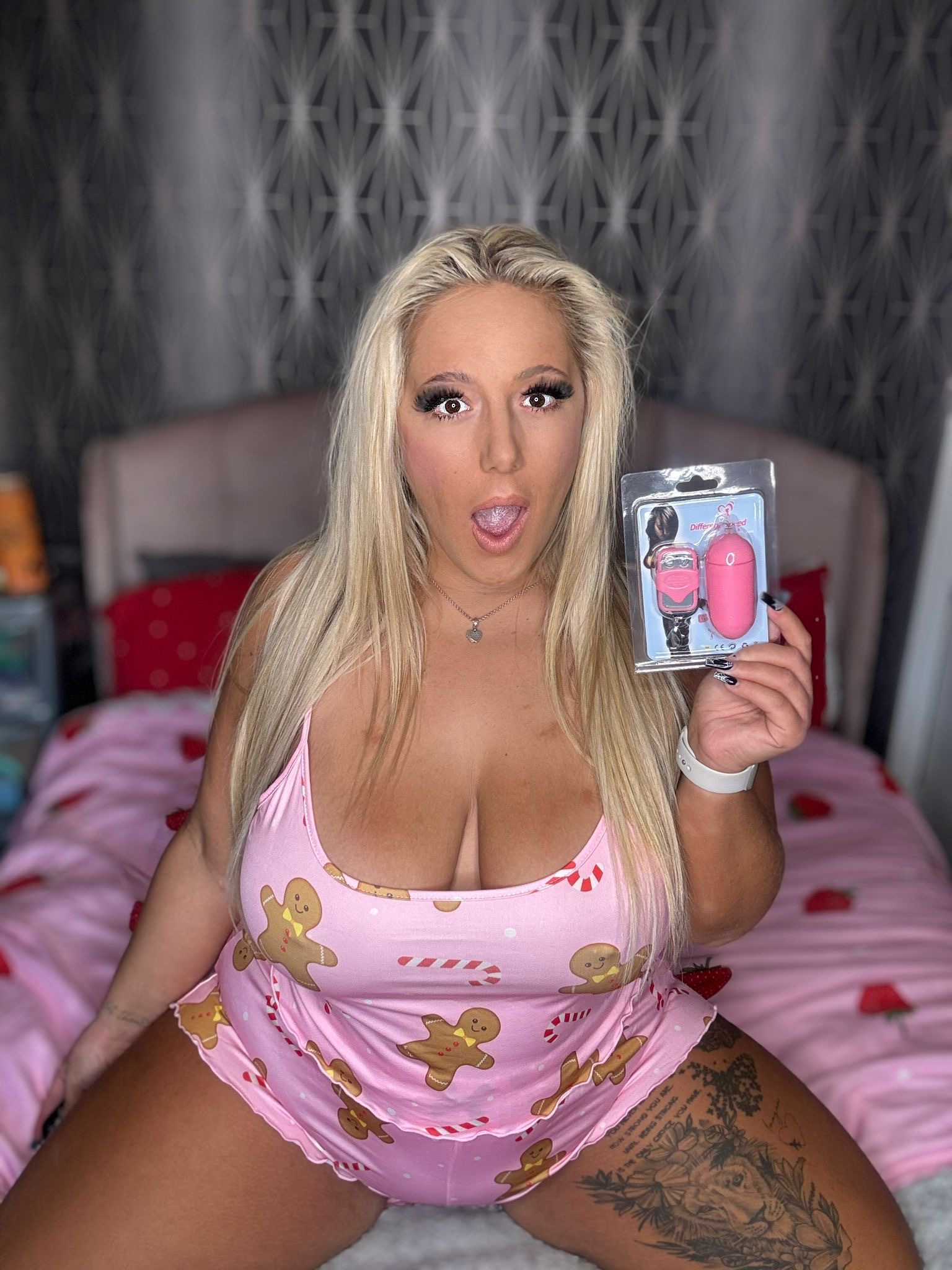Understanding Demigender Identity
Demigender identities represent a unique spectrum within the broader LGBTQIA+ community, where individuals experience a partial or shifting connection to one or more gender identities. Exploring this intersectionality reveals how demigender experiences often intertwine with sexual orientation, shaping individual expressions of self and relationships with others.
Defining Demigender
Demigender is a term used by people whose gender identity is partially aligned with one or more genders. It encompasses a spectrum of experiences where individuals may feel only partially male, female, or another gender, or their gender identity may shift over time. Demigirls, for example, identify as partially female but not fully, while demiboys experience a partial connection to masculinity.
Understanding demigender identity is crucial for fostering inclusivity and respect within the LGBTQIA+ community. It recognizes that gender identity is fluid and multifaceted, going beyond rigid binary categories of male and female.
Spectrum of Demigender Identities
Exploring the intersection of demigender identity and sexual orientation unveils a rich tapestry of experiences. Just as demigender identities encompass a spectrum of partial or shifting connections to gender, so too do individuals express their sexual orientations in diverse ways. Some demigender people may find their sexual orientation aligns closely with traditional categories, while others may experience it in a way that is fluid or non-binary.
This intersectionality highlights the interconnectedness of gender and sexuality, emphasizing that these aspects of identity are not mutually exclusive. For instance, a demigirl might identify as lesbian, bisexual, pansexual, or asexual, with their sexual orientation independent of their partial connection to femininity. Similarly, a demiboy’s sexual orientation can encompass a range of possibilities, shaped by their individual experiences and attractions.
Experiences of Demigender Individuals
Understanding the intersection of demigender identity and sexual orientation requires acknowledging the fluidity and diversity within both realms. Demigender individuals experience gender in a way that is partially aligned with one or more genders, often shifting or fluctuating over time. This fluidity can extend to their sexual orientations as well.
Just as demigender identities encompass a spectrum of partial connections to gender, sexual orientations can also exist on a spectrum. Some demigender individuals may identify with traditional sexual orientations like lesbian, gay, bisexual, or straight. Others may experience their sexual orientation as fluid or non-binary, meaning it doesn’t neatly fit into predefined categories.
It is important to remember that sexual orientation and gender identity are separate aspects of a person’s identity. A demigirl’s sexual orientation does not necessarily have to be related to her partial connection to femininity. Similarly, a demiboy’s attraction to others can manifest in various ways independent of their partial identification with masculinity.
Exploring Sexual Orientation in Relation to Demigender Identity
Exploring the intersection of demigender identity and sexual orientation unveils a complex and nuanced understanding of self-expression. Demigender individuals, whose gender identities partially align with one or more genders, navigate a spectrum of experiences that intersect with their sexual orientations in diverse ways. This exploration recognizes that gender identity and sexual orientation are distinct aspects of an individual’s being, allowing for fluidity and individuality within both realms.
Overlapping Identities: Intersectionality
Demigender identities represent a unique spectrum within the LGBTQIA+ community, where individuals experience a partial or shifting connection to one or more genders. Exploring this intersectionality reveals how demigender experiences often intertwine with sexual orientation, shaping individual expressions of self and relationships with others.
Understanding demigender identity is crucial for fostering inclusivity and respect within the LGBTQIA+ community. It recognizes that gender identity is fluid and multifaceted, going beyond rigid binary categories of male and female.
Exploring the intersection of demigender identity and sexual orientation unveils a rich tapestry of experiences. Just as demigender identities encompass a spectrum of partial or shifting connections to gender, so too do individuals express their sexual orientations in diverse ways. Some demigender people may find their sexual orientation aligns closely with traditional categories, while others may experience it in a way that is fluid or non-binary.
This intersectionality highlights the interconnectedness of gender and sexuality, emphasizing that these aspects of identity are not mutually exclusive. For instance, a demigirl might identify as lesbian, bisexual, pansexual, or asexual, with their sexual orientation independent of her partial connection to femininity. Similarly, a demiboy’s sexual orientation can encompass a range of possibilities, shaped by his individual experiences and attractions.

Understanding the intersection of demigender identity and sexual orientation requires acknowledging the fluidity and diversity within both realms. Demigender individuals experience gender in a way that is partially aligned with one or more genders, often shifting or fluctuating over time. This fluidity can extend to their sexual orientations as well.
Just as demigender identities encompass a spectrum of partial connections to gender, sexual orientations can also exist on a spectrum. Some demigender individuals may identify with traditional sexual orientations like lesbian, gay, bisexual, or straight. Others may experience their sexual orientation as fluid or non-binary, meaning it doesn’t neatly fit into predefined categories.
It is important to remember that sexual orientation and gender identity are separate aspects of a person’s identity. A demigirl’s sexual orientation does not necessarily have to be related to her partial connection to femininity. Similarly, a demiboy’s attraction to others can manifest in various ways independent of his partial identification with masculinity.
Exploring the intersection of demigender identity and sexual orientation unveils a complex and nuanced understanding of self-expression. Demigender individuals, whose gender identities partially align with one or more genders, navigate a spectrum of experiences that intersect with their sexual orientations in diverse ways. This exploration recognizes that gender identity and sexual orientation are distinct aspects of an individual’s being, allowing for fluidity and individuality within both realms.
Fluidity and Change Over Time
Demigender identities represent a unique spectrum within the broader LGBTQIA+ community, where individuals experience a partial or shifting connection to one or more gender identities. Exploring this intersectionality reveals how demigender experiences often intertwine with sexual orientation, shaping individual expressions of self and relationships with others.
- Demigender is a term used by people whose gender identity is partially aligned with one or more genders. It encompasses a spectrum of experiences where individuals may feel only partially male, female, or another gender, or their gender identity may shift over time. Demigirls, for example, identify as partially female but not fully, while demiboys experience a partial connection to masculinity.
- Understanding demigender identity is crucial for fostering inclusivity and respect within the LGBTQIA+ community. It recognizes that gender identity is fluid and multifaceted, going beyond rigid binary categories of male and female.
- Exploring the intersection of demigender identity and sexual orientation unveils a rich tapestry of experiences. Just as demigender identities encompass a spectrum of partial or shifting connections to gender, so too do individuals express their sexual orientations in diverse ways. Some demigender people may find their sexual orientation aligns closely with traditional categories, while others may experience it in a way that is fluid or non-binary.
- This intersectionality highlights the interconnectedness of gender and sexuality, emphasizing that these aspects of identity are not mutually exclusive. For instance, a demigirl might identify as lesbian, bisexual, pansexual, or asexual, with their sexual orientation independent of her partial connection to femininity. Similarly, a demiboy’s sexual orientation can encompass a range of possibilities, shaped by his individual experiences and attractions.
- Understanding the intersection of demigender identity and sexual orientation requires acknowledging the fluidity and diversity within both realms. Demigender individuals experience gender in a way that is partially aligned with one or more genders, often shifting or fluctuating over time. This fluidity can extend to their sexual orientations as well.
- Just as demigender identities encompass a spectrum of partial connections to gender, sexual orientations can also exist on a spectrum. Some demigender individuals may identify with traditional sexual orientations like lesbian, gay, bisexual, or straight. Others may experience their sexual orientation as fluid or non-binary, meaning it doesn’t neatly fit into predefined categories.
- It is important to remember that sexual orientation and gender identity are separate aspects of a person’s identity. A demigirl’s sexual orientation does not necessarily have to be related to her partial connection to femininity. Similarly, a demiboy’s attraction to others can manifest in various ways independent of his partial identification with masculinity.
- Exploring the intersection of demigender identity and sexual orientation unveils a complex and nuanced understanding of self-expression. Demigender individuals, whose gender identities partially align with one or more genders, navigate a spectrum of experiences that intersect with their sexual orientations in diverse ways. This exploration recognizes that gender identity and sexual orientation are distinct aspects of an individual’s being, allowing for fluidity and individuality within both realms.
Challenges and Stigma Faced by Demigender Individuals
Demigender identities represent a unique spectrum within the broader LGBTQIA+ community, where individuals experience a partial or shifting connection to one or more gender identities. Exploring this intersectionality reveals how demigender experiences often intertwine with sexual orientation, shaping individual expressions of self and relationships with others.
Demigender is a term used by people whose gender identity is partially aligned with one or more genders. It encompasses a spectrum of experiences where individuals may feel only partially male, female, or another gender, or their gender identity may shift over time. Demigirls, for example, identify as partially female but not fully, while demiboys experience a partial connection to masculinity.
Understanding demigender identity is crucial for fostering inclusivity and respect within the LGBTQIA+ community. It recognizes that gender identity is fluid and multifaceted, going beyond rigid binary categories of male and female.
Exploring the intersection of demigender identity and sexual orientation unveils a rich tapestry of experiences. Just as demigender identities encompass a spectrum of partial or shifting connections to gender, so too do individuals express their sexual orientations in diverse ways. Some demigender people may find their sexual orientation aligns closely with traditional categories, while others may experience it in a way that is fluid or non-binary.
This intersectionality highlights the interconnectedness of gender and sexuality, emphasizing that these aspects of identity are not mutually exclusive. For instance, a demigirl might identify as lesbian, bisexual, pansexual, or asexual, with their sexual orientation independent of her partial connection to femininity. Similarly, a demiboy’s sexual orientation can encompass a range of possibilities, shaped by his individual experiences and attractions.
Understanding the intersection of demigender identity and sexual orientation requires acknowledging the fluidity and diversity within both realms. Demigender individuals experience gender in a way that is partially aligned with one or more genders, often shifting or fluctuating over time. This fluidity can extend to their sexual orientations as well.
Just as demigender identities encompass a spectrum of partial connections to gender, sexual orientations can also exist on a spectrum. Some demigender individuals may identify with traditional sexual orientations like lesbian, gay, bisexual, or straight. Others may experience their sexual orientation as fluid or non-binary, meaning it doesn’t neatly fit into predefined categories.
It is important to remember that sexual orientation and gender identity are separate aspects of a person’s identity. A demigirl’s sexual orientation does not necessarily have to be related to her partial connection to femininity. Similarly, a demiboy’s attraction to others can manifest in various ways independent of his partial identification with masculinity.
Exploring the intersection of demigender identity and sexual orientation unveils a complex and nuanced understanding of self-expression. Demigender individuals, whose gender identities partially align with one or more genders, navigate a spectrum of experiences that intersect with their sexual orientations in diverse ways. This exploration recognizes that gender identity and sexual orientation are distinct aspects of an individual’s being, allowing for fluidity and individuality within both realms.
Demigender identities represent a unique spectrum within the broader LGBTQIA+ community, where individuals experience a partial or shifting connection to one or more gender identities. Exploring this intersectionality reveals how demigender experiences often intertwine with sexual orientation, shaping individual expressions of self and relationships with others.
Representation and Visibility
Representation and visibility are crucial for fostering understanding and acceptance within any marginalized community. For individuals identifying as demigender, whose gender identity partially aligns with one or more genders, visibility plays a vital role in combating societal misconceptions and stereotypes. When demigender people see themselves reflected in media, literature, and everyday life, it affirms their identities and empowers them to live authentically. Conversely, the lack of representation can lead to feelings of isolation, invalidation, and difficulty navigating social interactions. Amplifying the voices and experiences of demigender individuals is essential for creating a more inclusive and equitable society where all individuals feel seen, heard, and valued.
Media Portrayals and Cultural Understanding
Representation and visibility are crucial for fostering understanding and acceptance within any marginalized community. For individuals identifying as demigender, whose gender identity partially aligns with one or more genders, visibility plays a vital role in combating societal misconceptions and stereotypes. When demigender people see themselves reflected in media, literature, and everyday life, it affirms their identities and empowers them to live authentically.
Conversely, the lack of representation can lead to feelings of isolation, invalidation, and difficulty navigating social interactions. Amplifying the voices and experiences of demigender individuals is essential for creating a more inclusive and equitable society where all individuals feel seen, heard, and valued.
Media portrayals significantly influence how society perceives and understands various identities, including demigender experiences. Accurate and nuanced representations are crucial for breaking down stereotypes and fostering empathy. When media portrays demigender characters with depth, complexity, and respect, it helps challenge preconceived notions and promotes a more inclusive understanding of gender identity.
Cultural understanding is shaped by the stories we consume and the narratives we encounter. Including diverse perspectives in media, literature, and educational materials helps broaden cultural understanding and fosters greater acceptance of individuals who identify as demigender. By exposing people to different lived experiences, it challenges assumptions and promotes a more inclusive and equitable society.

Creating Inclusive Spaces for Demigender People
Representation and visibility are crucial for fostering understanding and acceptance within any marginalized community. For individuals identifying as demigender, whose gender identity partially aligns with one or more genders, visibility plays a vital role in combating societal misconceptions and stereotypes. When demigender people see themselves reflected in media, literature, and everyday life, it affirms their identities and empowers them to live authentically.
Conversely, the lack of representation can lead to feelings of isolation, invalidation, and difficulty navigating social interactions. Amplifying the voices and experiences of demigender individuals is essential for creating a more inclusive and equitable society where all individuals feel seen, heard, and valued.
Creating inclusive spaces for demigender people starts with acknowledging their diverse experiences and identities. This means using gender-neutral language when appropriate, respecting pronouns, and being open to learning about demigender perspectives.
It also involves challenging harmful stereotypes and biases that perpetuate misconceptions about gender identity. By actively engaging in conversations about demigender identities and promoting understanding, we can create a more welcoming and supportive environment for everyone.
In educational settings, it is crucial to incorporate inclusive curricula that represent the diverse spectrum of gender identities. This includes acknowledging demigender experiences in history, literature, and social studies. By providing accurate and nuanced information about demigender individuals, we can foster empathy and understanding among students.
Furthermore, creating safe and affirming spaces within schools and universities is essential for demigender students. This may involve establishing gender-neutral restrooms, promoting allyship programs, and ensuring access to resources such as counselors who are knowledgeable about gender identity issues.
Creating inclusive spaces extends beyond the walls of institutions; it encompasses broader societal shifts. Advocating for policies that protect the rights of LGBTQIA+ individuals, including demigender people, is crucial for fostering equality and justice. This may involve supporting legislation that prohibits discrimination based on gender identity and advocating for inclusive healthcare practices.
Engaging in community dialogues and building bridges between different groups can also contribute to a more inclusive society. By fostering understanding and respect across diverse communities, we can create spaces where everyone feels a sense of belonging.
Ultimately, creating truly inclusive spaces requires ongoing effort and a commitment to dismantling systems of oppression. By actively challenging prejudice, promoting visibility, and advocating for equality, we can work towards a world where demigender individuals are celebrated and empowered to live their lives authentically.

Resources and Support Networks
Representation and visibility are crucial for fostering understanding and acceptance within any marginalized community. For individuals identifying as demigender, whose gender identity partially aligns with one or more genders, visibility plays a vital role in combating societal misconceptions and stereotypes. When demigender people see themselves reflected in media, literature, and everyday life, it affirms their identities and empowers them to live authentically.
Conversely, the lack of representation can lead to feelings of isolation, invalidation, and difficulty navigating social interactions. Amplifying the voices and experiences of demigender individuals is essential for creating a more inclusive and equitable society where all individuals feel seen, heard, and valued.
Resources and support networks are vital for demigender individuals seeking community, guidance, and understanding. Online platforms, forums, and social media groups provide spaces for connection and shared experiences. Organizations dedicated to LGBTQIA+ rights often offer resources specific to demigender identities, including counseling services, legal aid, and educational materials.
Local support groups can offer in-person connection and a sense of belonging, allowing individuals to connect with others who share similar experiences. These groups can provide valuable emotional support, practical advice, and a safe space for open conversations about gender identity.
Access to mental health services is crucial for demigender individuals, as they may face unique challenges related to navigating their identities, experiencing discrimination, or confronting internalized stigma. Therapists who specialize in gender identity issues can provide support and guidance for demigender people as they explore their experiences and develop coping mechanisms.
sounding toys
Catch the expanded take
Get the complete breakdown here
- Who Should Not Get Lip Fillers? - November 16, 2025
- What Is Relationship Anarchy And How It Promotes Non-traditional Love - November 14, 2025
- Under Eye Filler For Eye Bags In Warlingham, Surrey - November 9, 2025
